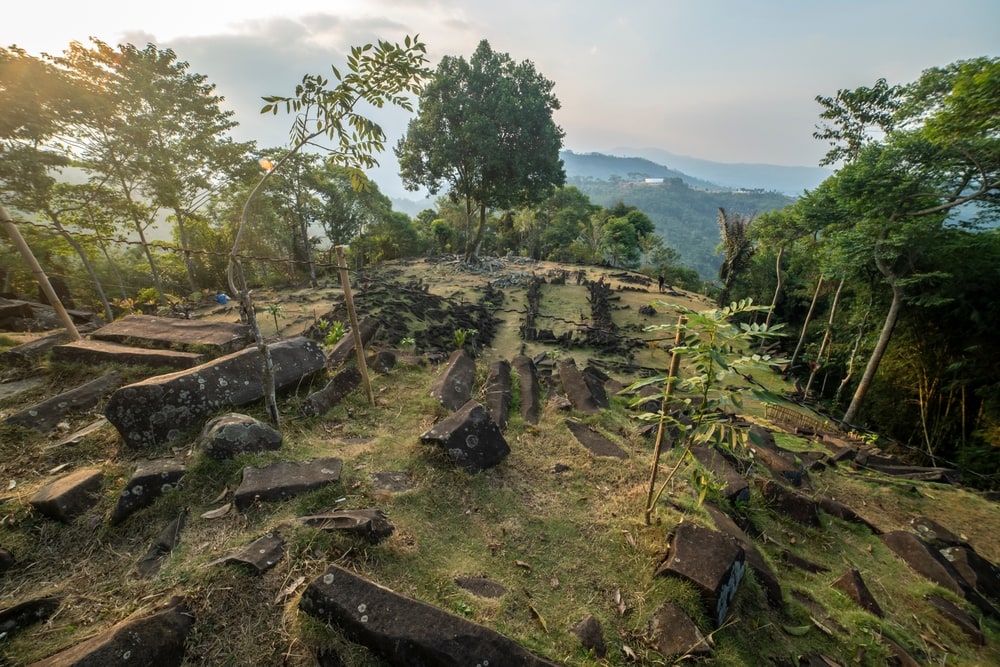
Archaeological intrigue surrounds Gunung Padang in Java, Indonesia. Initially considered a multi-layered prehistoric pyramid dating back 25,000 years, skeptics like Flint Dibble and Bill Farley question whether it was even built by human hands, suggesting natural weathering as an alternative explanation. Responding to criticism, lead researcher Danny Hilman Natawidjaja calls for global researchers to investigate further.
Controversy Surrounds Gunung Padang
As the debate intensifies, critics dispute the claims, emphasizing the lack of clear human-made features and the possibility of natural processes shaping Gunung Padang.
Co-editor Eileen Ernenwein initiates an investigation into the publication’s claims. Despite ongoing debates, Natawidjaja maintains his stance, inviting researchers worldwide to explore Gunung Padang. The site, once thought groundbreaking, faces scrutiny, potentially redefining its historical significance.
A Debate on Ancient Pyramid’s Authenticity
Amid the unfolding controversy, Archaeological Prospection and its publisher, Wiley, actively investigate the research paper’s claims. Co-editor Eileen Ernenwein confirms an ongoing investigation aligned with ethical guidelines. Natawidjaja dismisses skepticism, inviting researchers to Indonesia for further studies.

The true nature of Gunung Padang remains under scrutiny, challenging its status as the world’s oldest man-made stone structure. If disproven, the accolade may still belong to the Egyptian Pyramid of Djoser, constructed around 2630 BC for the Pharaoh. We’re not sure what to believe, because we’re quite intrigued by the idea of a “wind and rain-formed” pyramid!